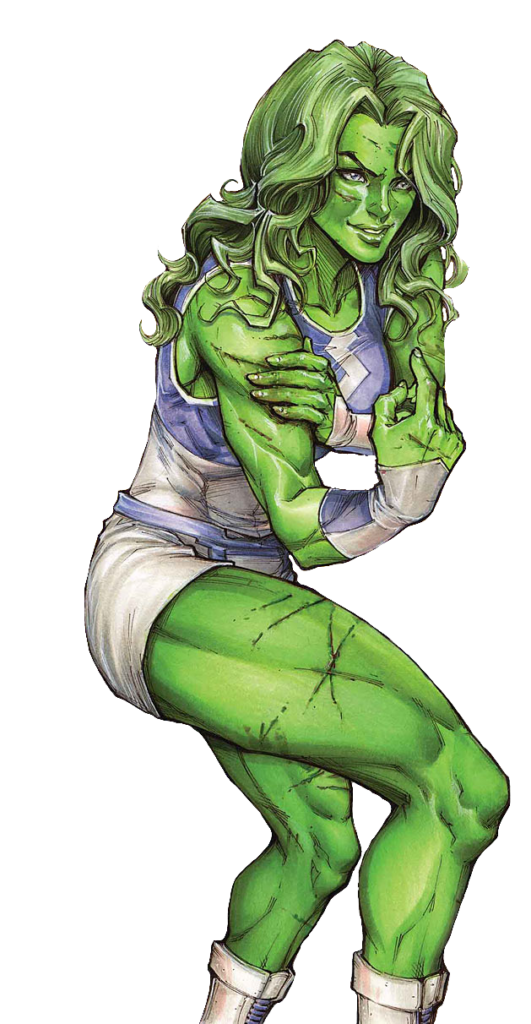

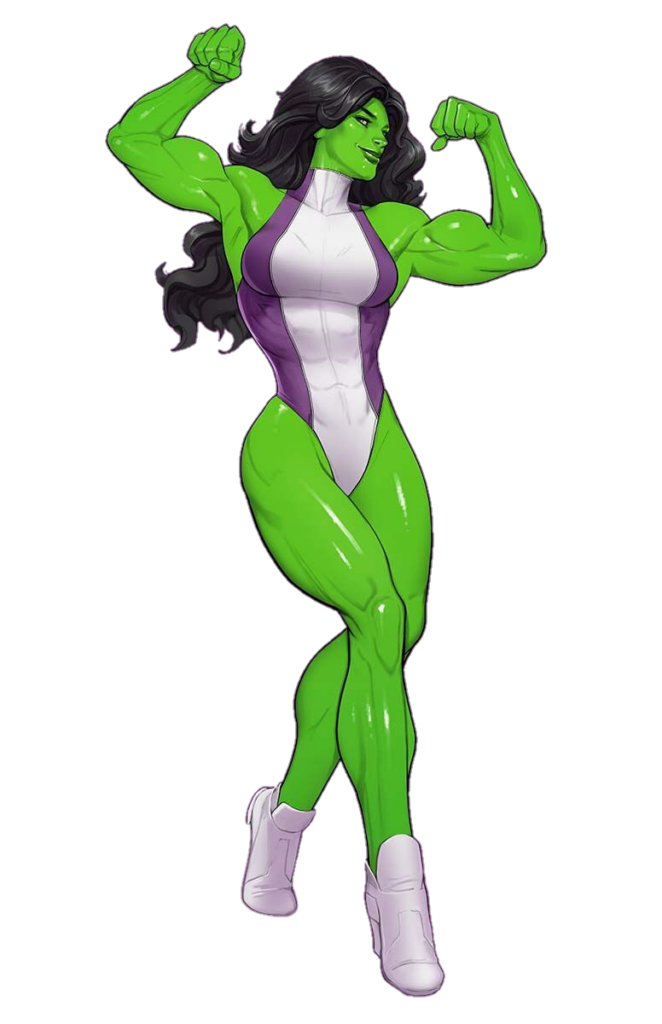
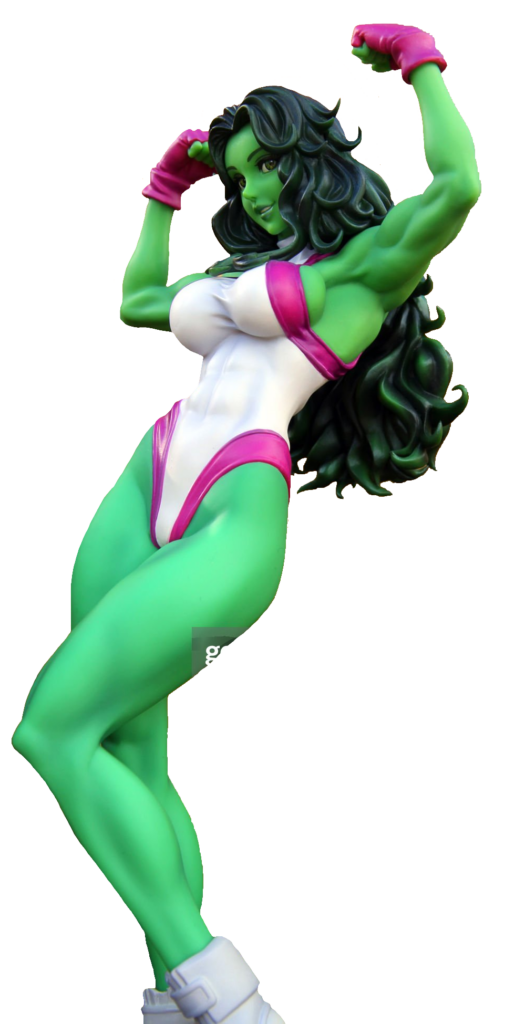
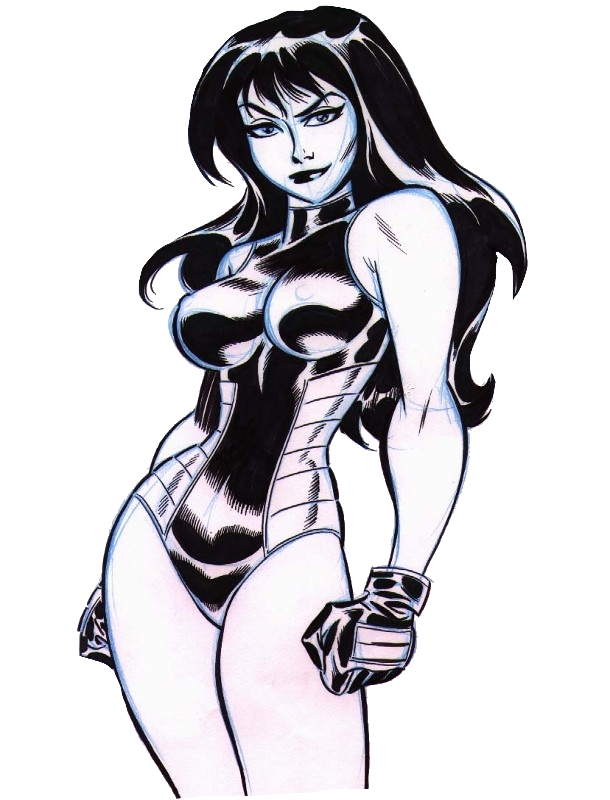
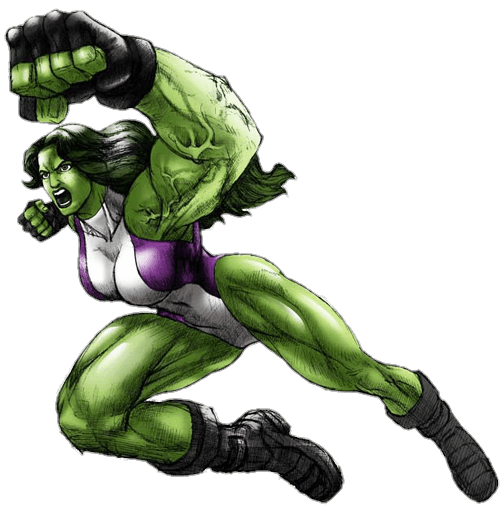




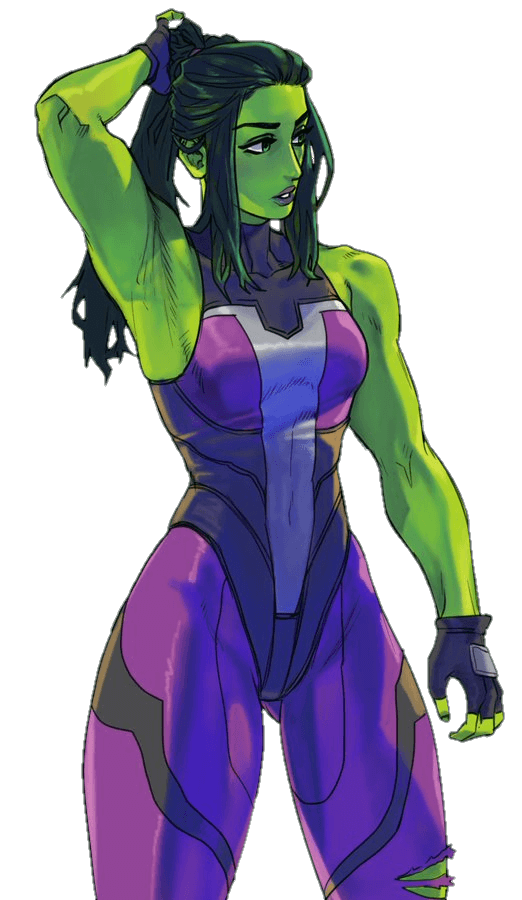

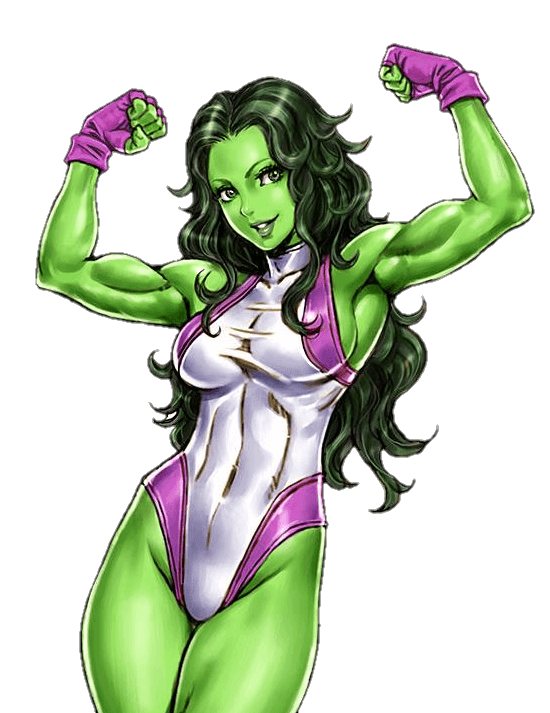
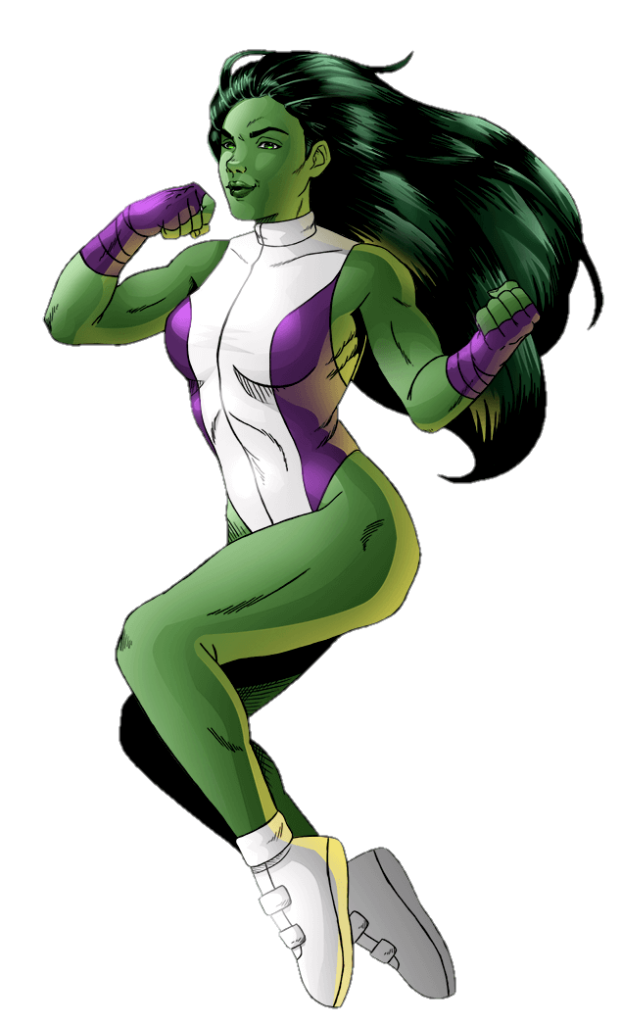
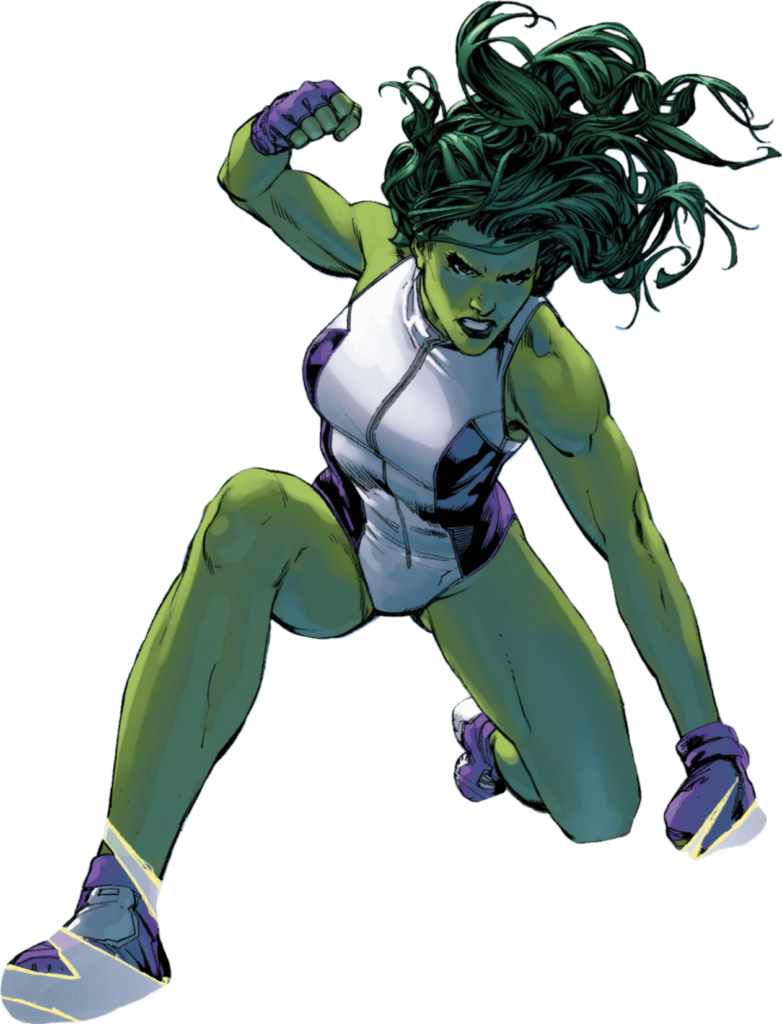

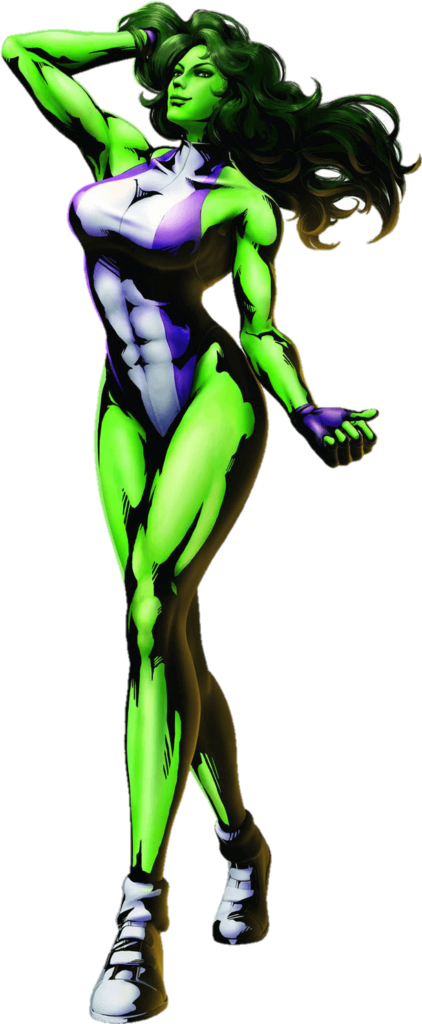
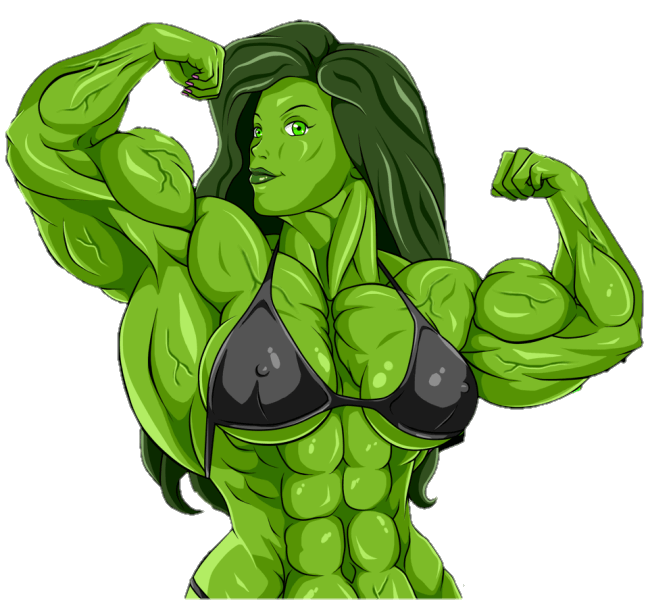
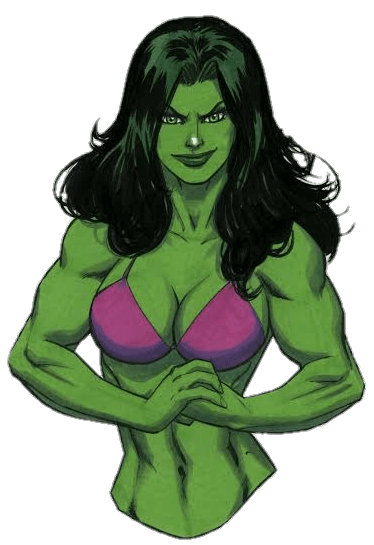
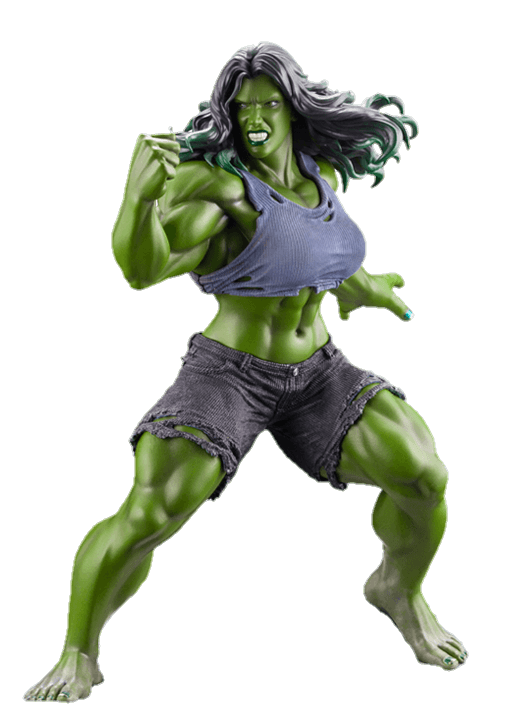
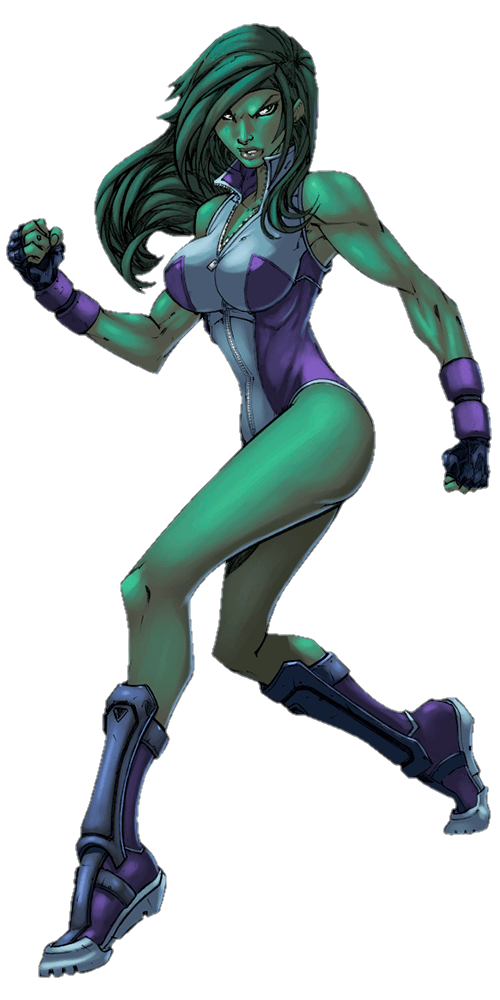
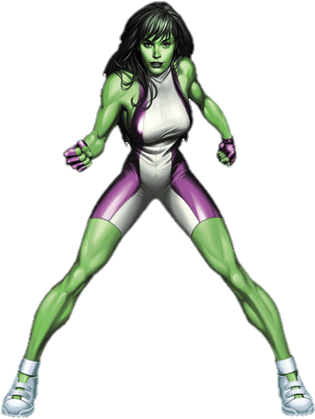
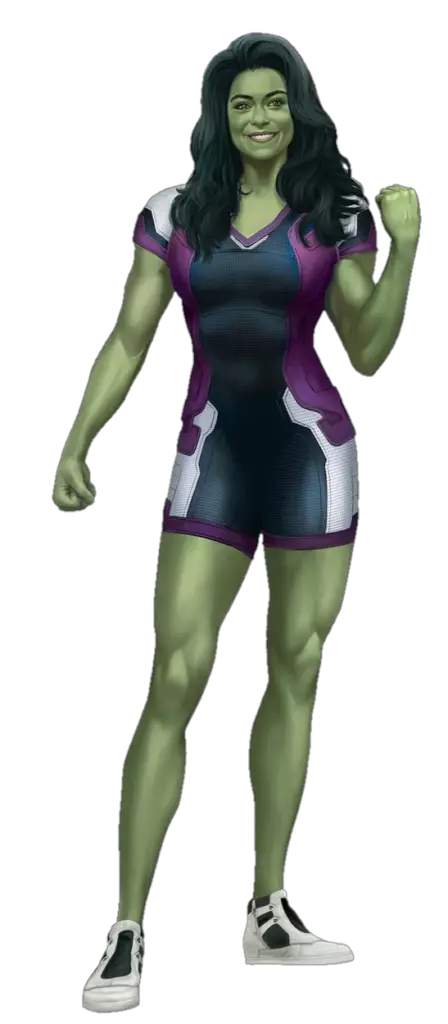
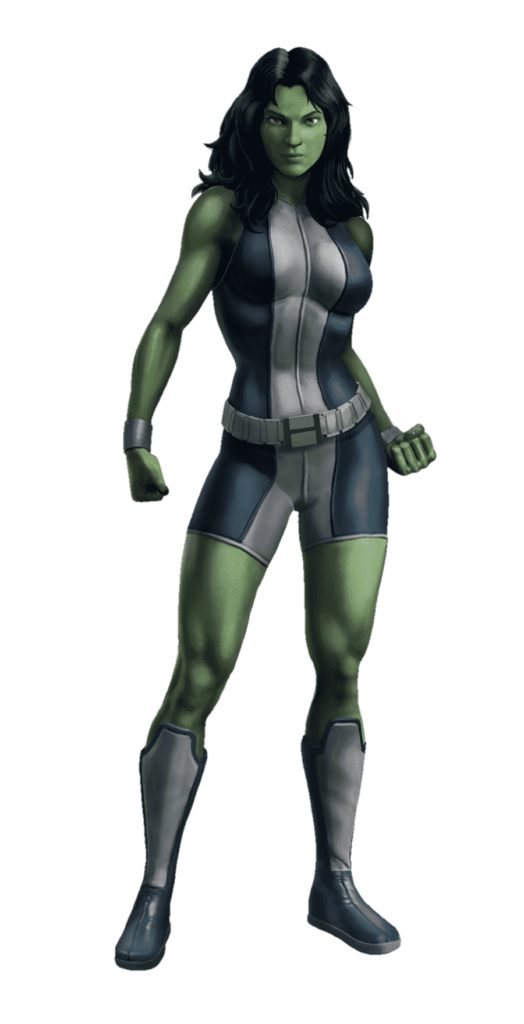
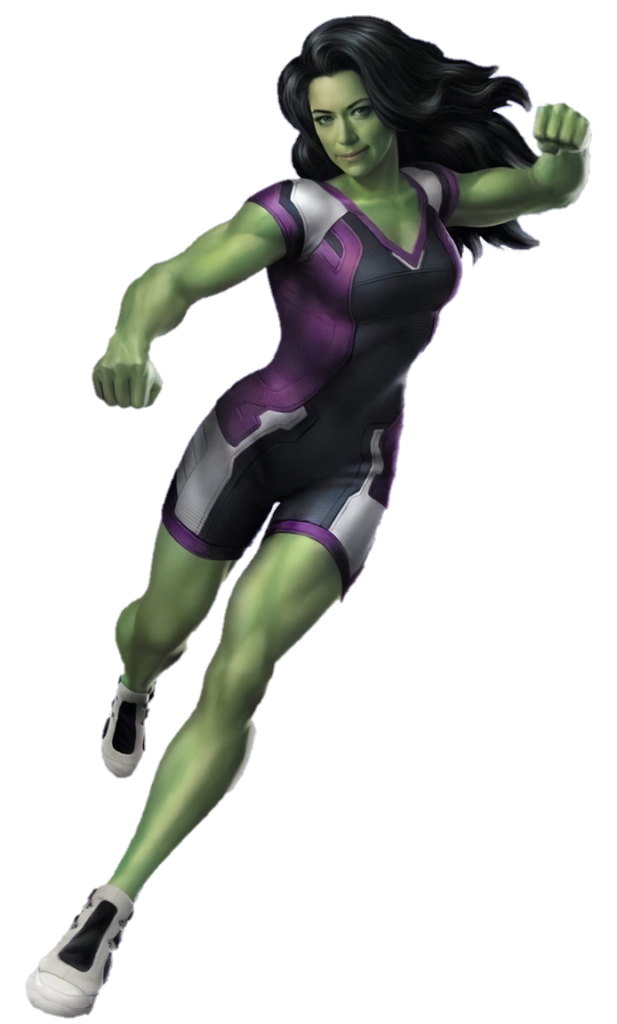
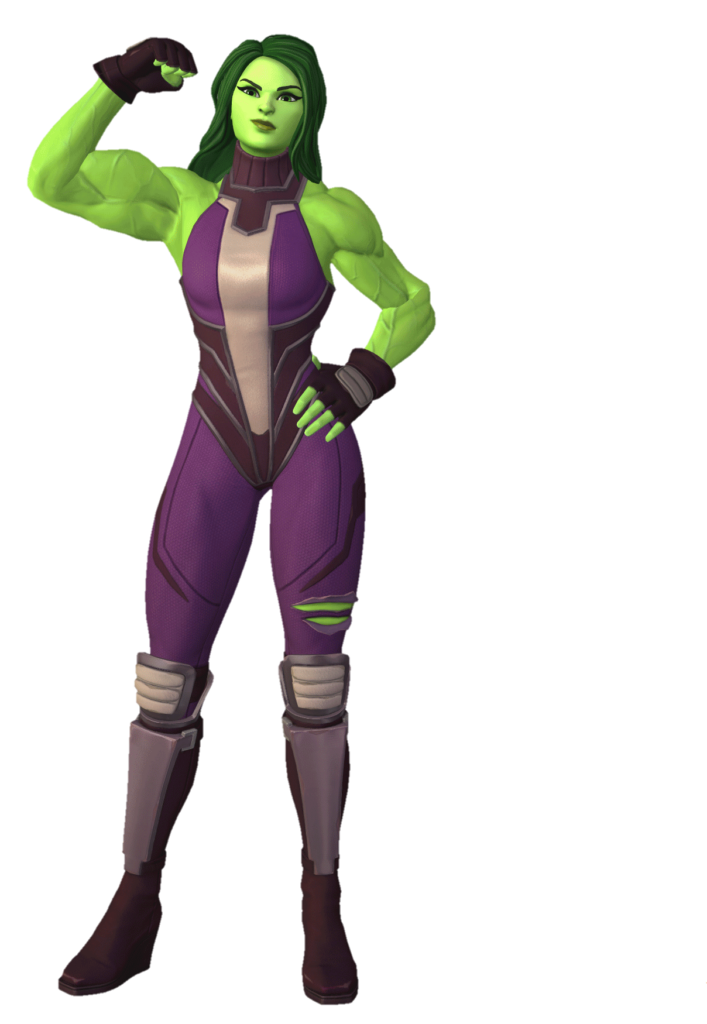

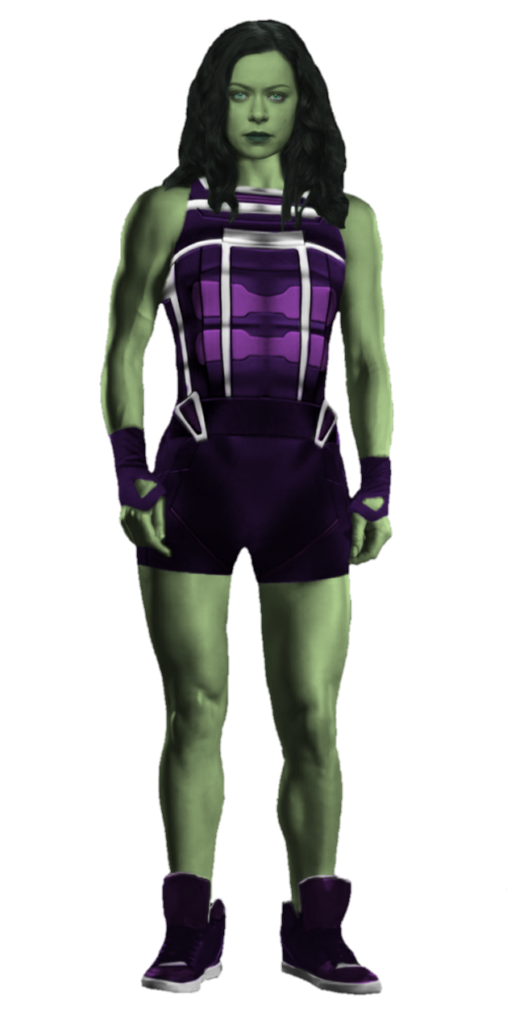
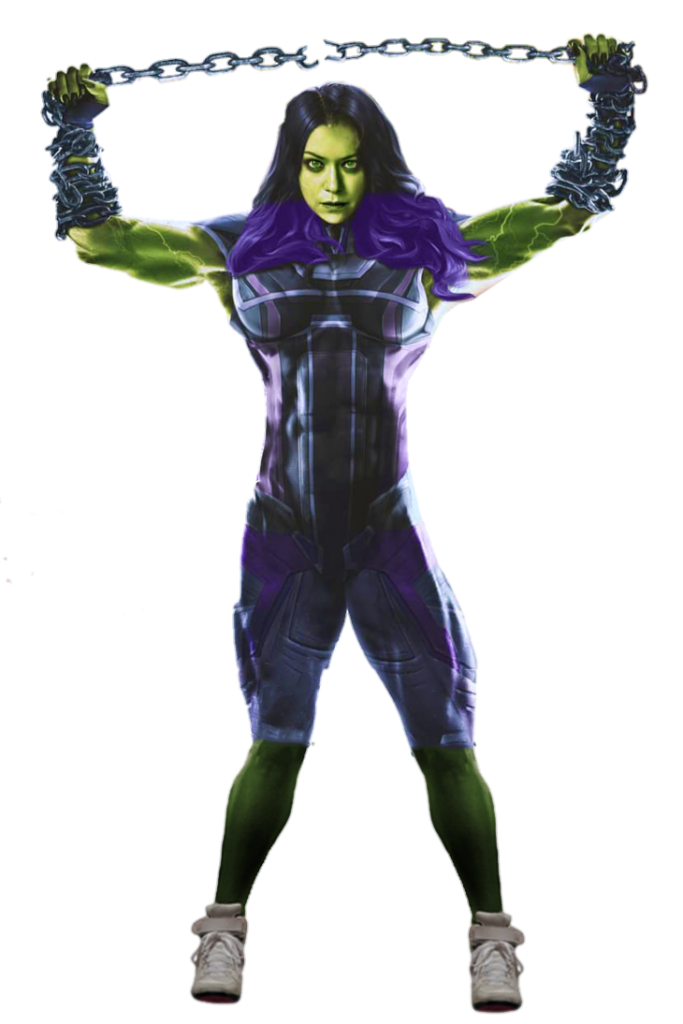
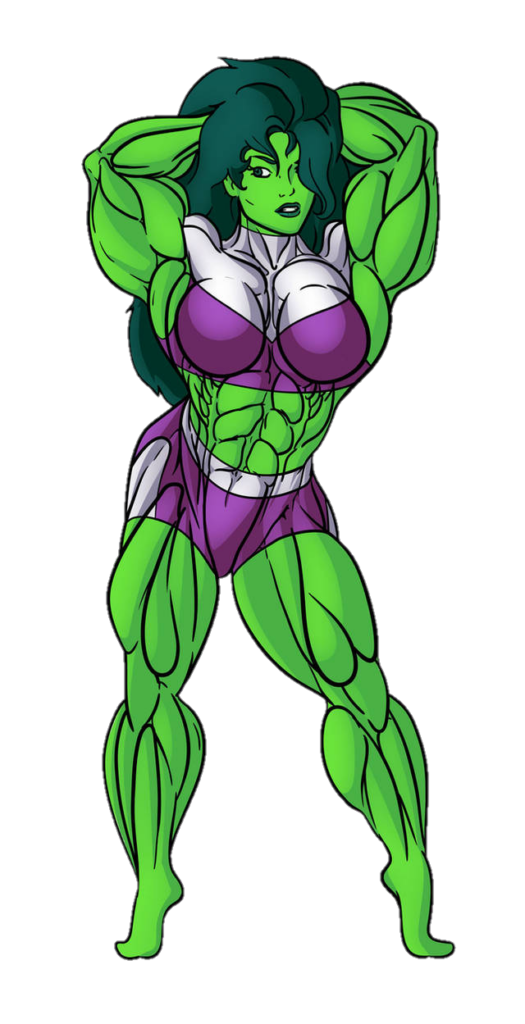
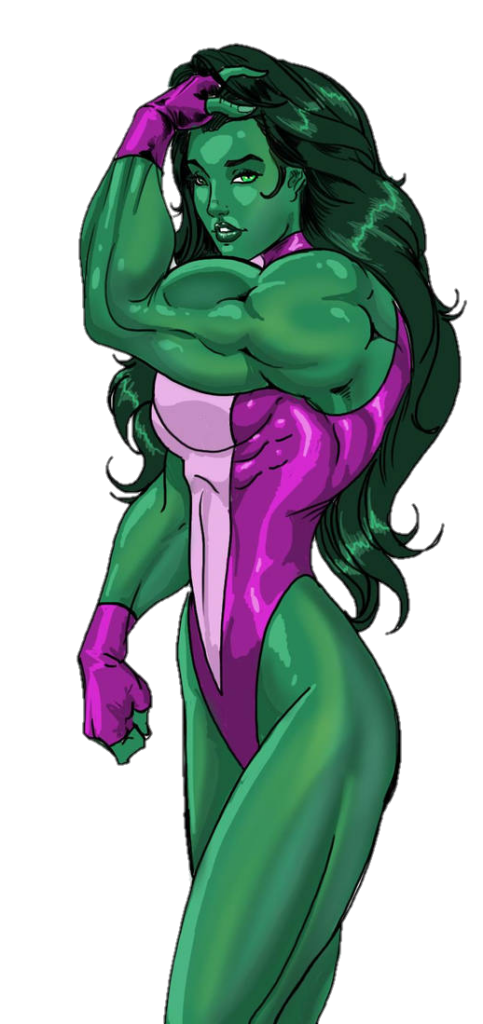

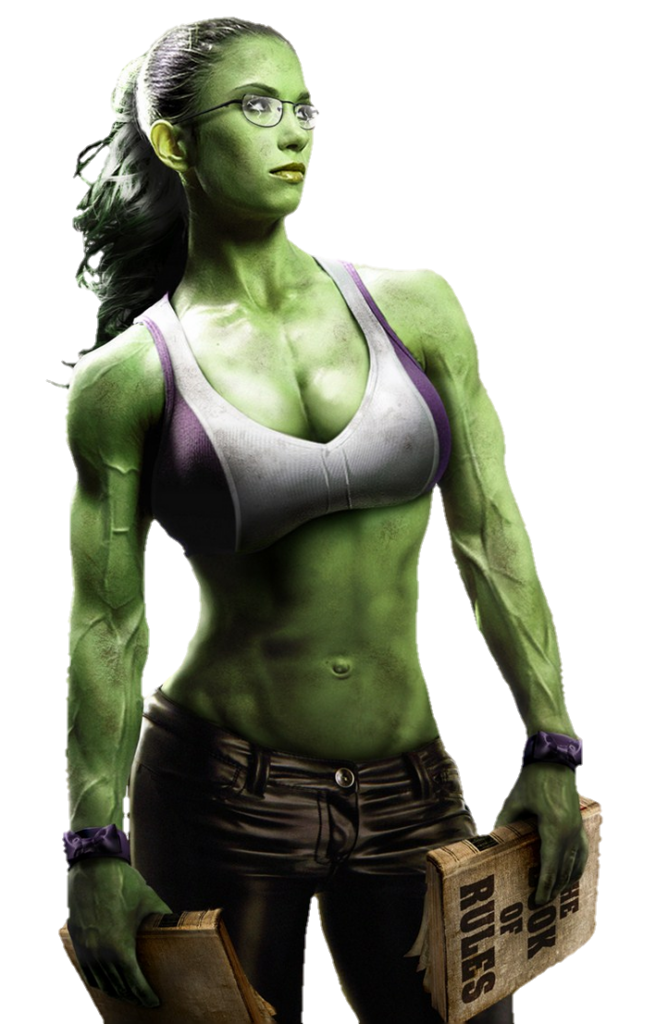
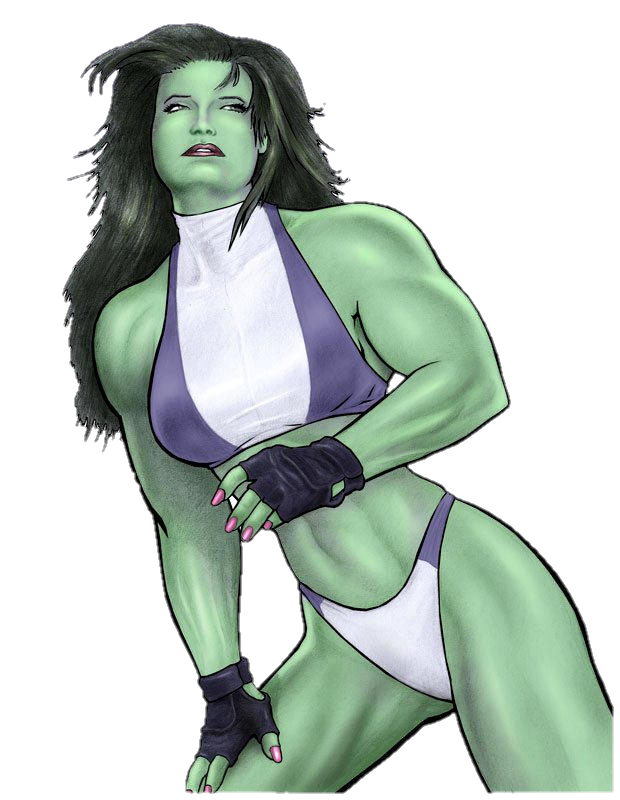
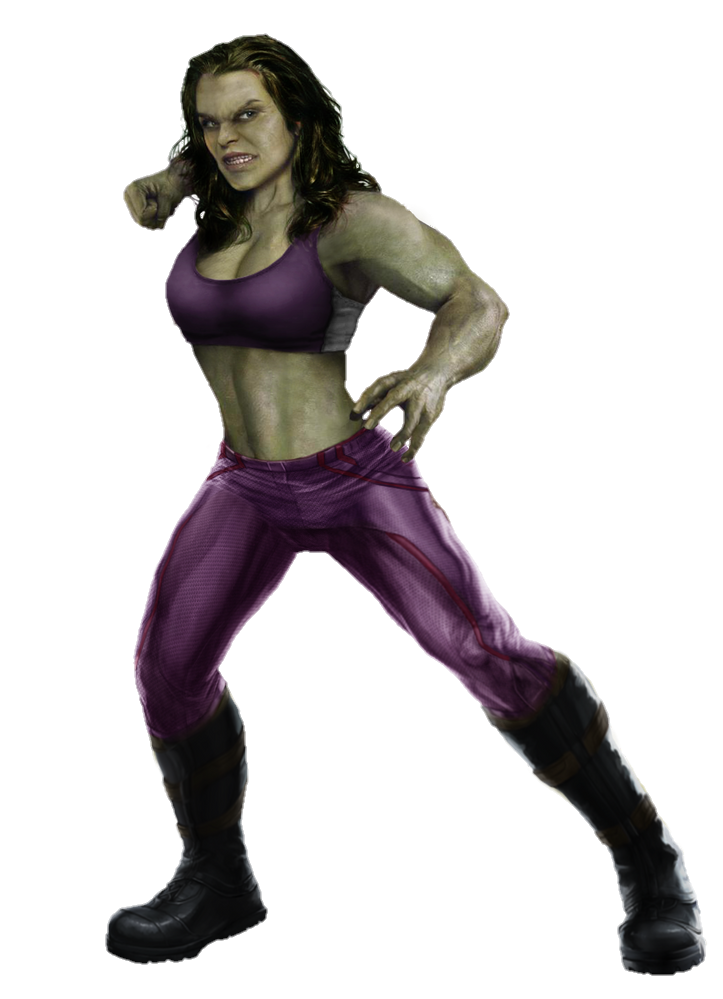
In the realm of comic books and superheroes, a character emerged who transcended the conventional norms and proved to be an empowering symbol for readers around the world – She-Hulk. Created by writer Stan Lee and artist John Buscema, She-Hulk, also known as Jennifer Walters, debuted in “Savage She-Hulk” #1 in 1980. She-Hulk represents the perfect blend of strength, intelligence, humor, and self-confidence, challenging traditional gender roles and inspiring a new wave of representation in the superhero genre.
She-Hulk’s story begins with Jennifer Walters, a highly skilled lawyer and the cousin of Bruce Banner, the Incredible Hulk. In an unfortunate turn of events, Jennifer is critically injured and needs a blood transfusion. Bruce, as the Hulk, donates his blood to save her life. This leads to a transformation, where Jennifer gains the same gamma-infused powers as the Hulk. However, unlike Bruce, Jennifer retains her personality and intelligence, becoming a She-Hulk who embodies the best aspects of her human and Hulk identities.
Over the years, She-Hulk’s character underwent significant development and growth. Initially portrayed as a somewhat less severe and more lighthearted version of the Hulk, she has since evolved into a multidimensional character with unique traits and storylines. As a lawyer, Jennifer Walters navigates the legal world and uses her intelligence and legal understanding in and out of court. This aspect of her character adds depth to her superhero persona, emphasizing that brains and brawn can go hand in hand.
She-Hulk’s comic book portrayal also explored her struggles, relationships, and insecurities. This vulnerability further humanizes her and makes her relatable to readers. Moreover, She-Hulk has served as an essential role model for individuals who may feel different or out of place, teaching them to embrace their authentic selves and find strength in their uniqueness.
One of the most significant impacts of She-Hulk’s character has been her contribution to female representation in the male-dominated world of superheroes. Historically, female characters were often relegated to supporting roles, overly sexualized, or portrayed as damsels in distress. She-Hulk’s introduction challenged these stereotypes by presenting a robust and independent female character who could be a superhero.
By showcasing She-Hulk as a woman of substance and capability, the comic book industry took a step forward in breaking gender barriers. This encouraged the creation of more dynamic and diverse female superheroes, paving the way for a new era of inclusivity and representation. Readers of all genders were exposed to a robust and inspiring female character, proving that superheroes could be defined by their courage, intelligence, and determination rather than just physical prowess.
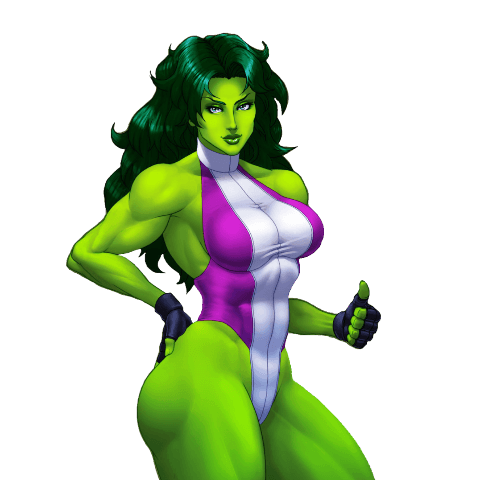
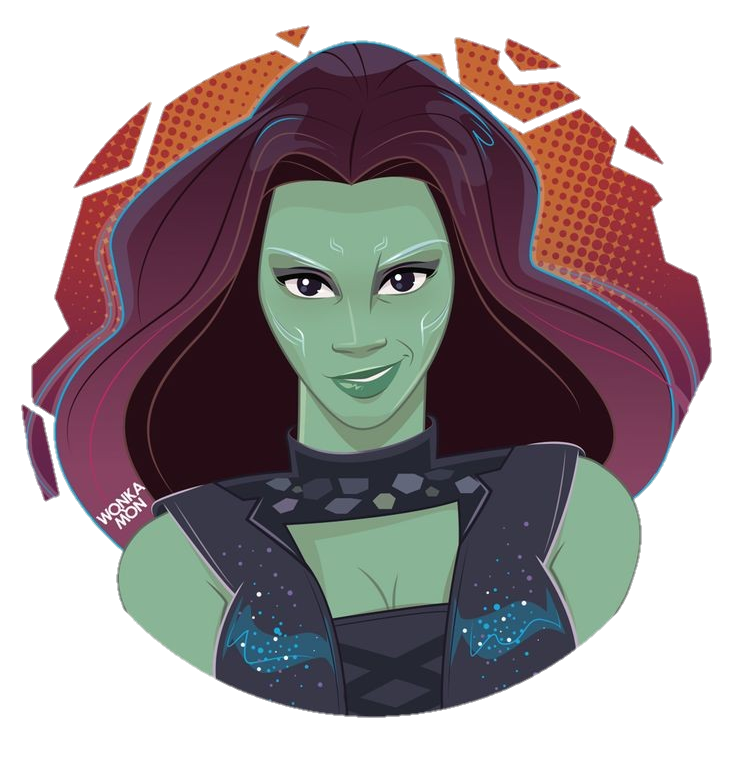
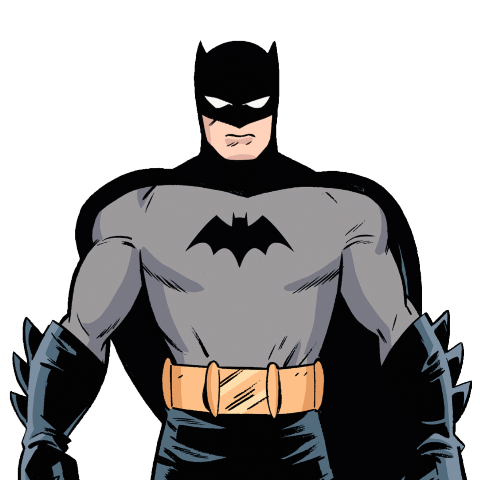

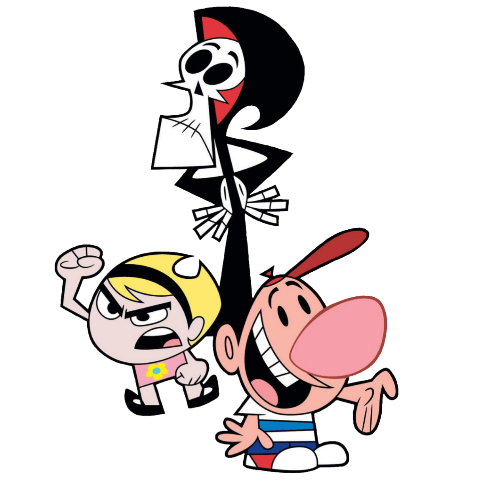
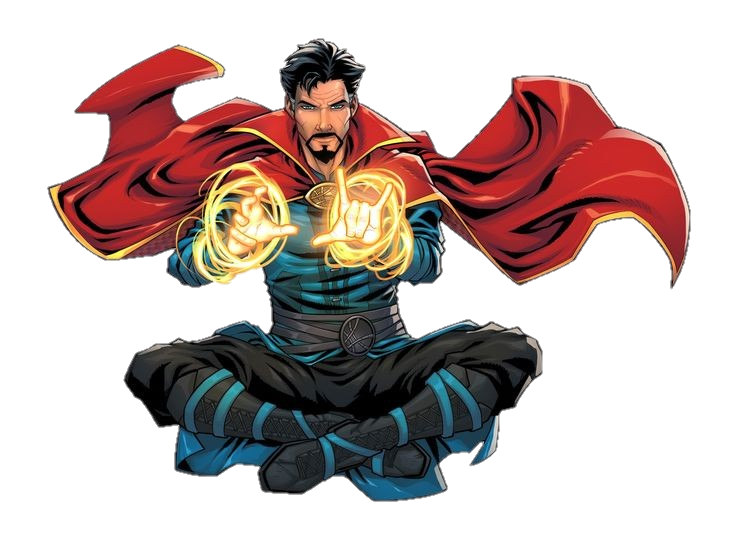
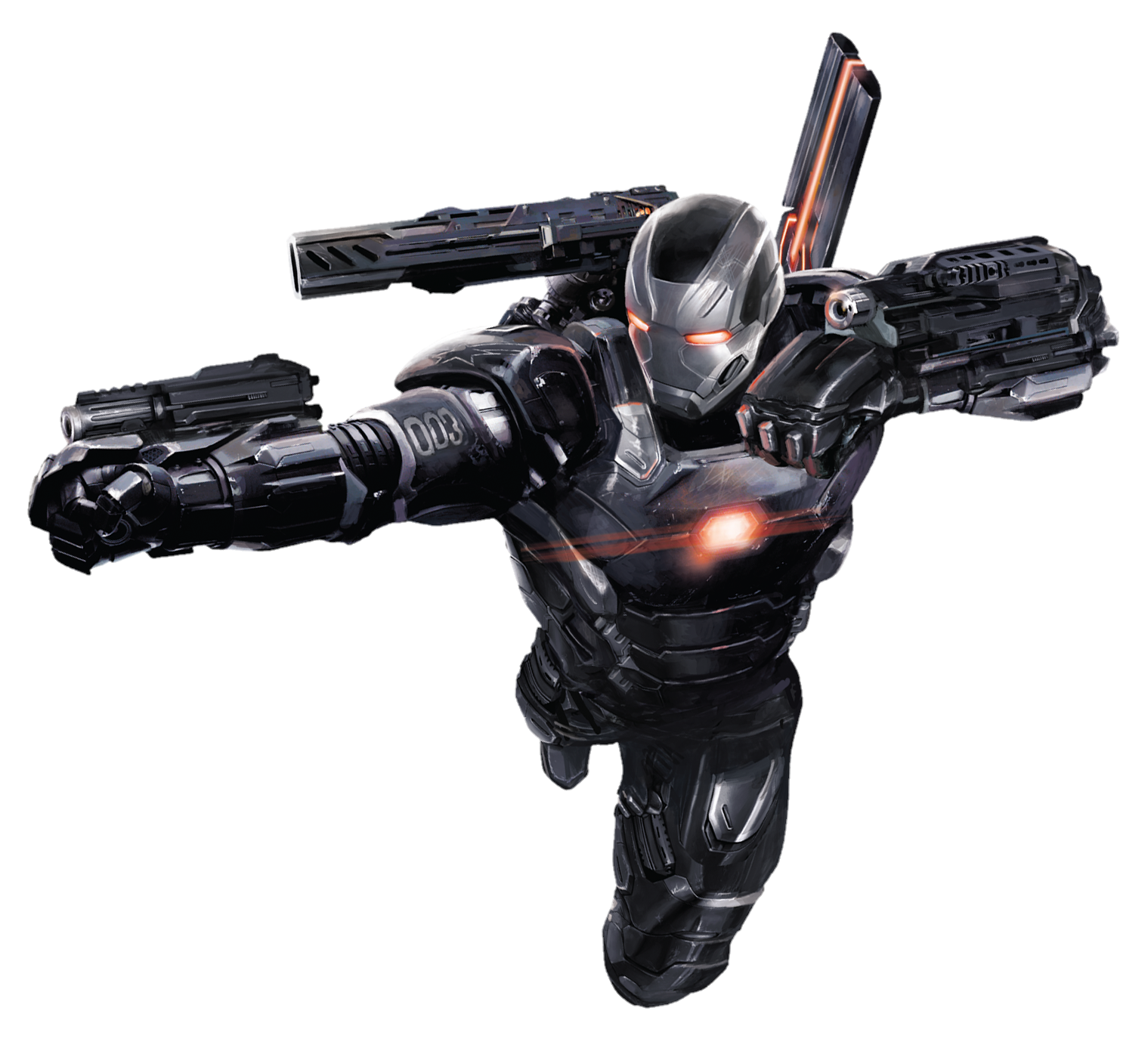
Leave a Comment